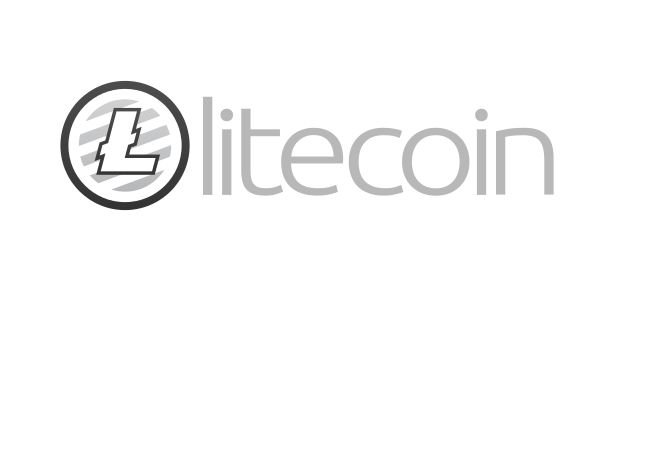[ad_1]
As massive language fashions (LLMs) have entered the widespread vernacular, individuals have found how one can use apps that entry them. Fashionable AI instruments can generate, create, summarize, translate, classify and even converse. Instruments within the generative AI area permit us to generate responses to prompts after studying from current artifacts.
One space that has not seen a lot innovation is on the far edge and on constrained gadgets. We see some variations of AI apps working domestically on cell gadgets with embedded language translation options, however we haven’t reached the purpose the place LLMs generate worth exterior of cloud suppliers.
Nonetheless, there are smaller fashions which have the potential to innovate gen AI capabilities on cell gadgets. Let’s look at these options from the attitude of a hybrid AI mannequin.
The fundamentals of LLMs
LLMs are a particular class of AI fashions powering this new paradigm. Pure language processing (NLP) permits this functionality. To coach LLMs, builders use huge quantities of information from varied sources, together with the web. The billions of parameters processed make them so massive.
Whereas LLMs are educated about a variety of subjects, they’re restricted solely to the information on which they have been skilled. This implies they aren’t at all times “present” or correct. Due to their dimension, LLMs are usually hosted within the cloud, which require beefy {hardware} deployments with a number of GPUs.
Because of this enterprises seeking to mine info from their personal or proprietary enterprise knowledge can not use LLMs out of the field. To reply particular questions, generate summaries or create briefs, they have to embody their knowledge with public LLMs or create their very own fashions. The best way to append one’s personal knowledge to the LLM is called retrieval augmentation generation, or the RAG pattern. It’s a gen AI design sample that provides exterior knowledge to the LLM.
Is smaller higher?
Enterprises that function in specialised domains, like telcos or healthcare or oil and gasoline corporations, have a laser focus. Whereas they’ll and do profit from typical gen AI situations and use instances, they’d be higher served with smaller fashions.
Within the case of telcos, for instance, among the widespread use instances are AI assistants in touch facilities, customized gives in service supply and AI-powered chatbots for enhanced buyer expertise. Use instances that assist telcos enhance the efficiency of their community, improve spectral effectivity in 5G networks or assist them decide particular bottlenecks of their community are finest served by the enterprise’s personal knowledge (versus a public LLM).
That brings us to the notion that smaller is healthier. There are actually Small Language Fashions (SLMs) which are “smaller” in dimension in comparison with LLMs. SLMs are skilled on 10s of billions of parameters, whereas LLMs are skilled on 100s of billions of parameters. Extra importantly, SLMs are skilled on knowledge pertaining to a selected area. They may not have broad contextual info, however they carry out very nicely of their chosen area.
Due to their smaller dimension, these fashions will be hosted in an enterprise’s knowledge middle as an alternative of the cloud. SLMs would possibly even run on a single GPU chip at scale, saving hundreds of {dollars} in annual computing prices. Nonetheless, the delineation between what can solely be run in a cloud or in an enterprise knowledge middle turns into much less clear with developments in chip design.
Whether or not it’s due to value, knowledge privateness or knowledge sovereignty, enterprises would possibly wish to run these SLMs of their knowledge facilities. Most enterprises don’t like sending their knowledge to the cloud. One other key motive is efficiency. Gen AI on the edge performs the computation and inferencing as near the information as potential, making it sooner and safer than by means of a cloud supplier.
It’s value noting that SLMs require much less computational energy and are perfect for deployment in resource-constrained environments and even on cell gadgets.
An on-premises instance could be an IBM Cloud® Satellite location, which has a safe high-speed connection to IBM Cloud internet hosting the LLMs. Telcos may host these SLMs at their base stations and provide this feature to their shoppers as nicely. It’s all a matter of optimizing using GPUs, as the gap that knowledge should journey is decreased, leading to improved bandwidth.
How small are you able to go?
Again to the unique query of having the ability to run these fashions on a cell gadget. The cell gadget could be a high-end telephone, an vehicle or perhaps a robotic. Gadget producers have found that vital bandwidth is required to run LLMs. Tiny LLMs are smaller-size fashions that may be run domestically on cellphones and medical gadgets.
Builders use strategies like low-rank adaptation to create these fashions. They permit customers to fine-tune the fashions to distinctive necessities whereas holding the variety of trainable parameters comparatively low. Actually, there may be even a TinyLlama challenge on GitHub.
Chip producers are creating chips that may run a trimmed down model of LLMs by means of picture diffusion and data distillation. System-on-chip (SOC) and neuro-processing items (NPUs) help edge gadgets in working gen AI duties.
Whereas a few of these ideas will not be but in manufacturing, resolution architects ought to contemplate what is feasible in the present day. SLMs working and collaborating with LLMs could also be a viable resolution. Enterprises can determine to make use of current smaller specialised AI fashions for his or her trade or create their very own to offer a customized buyer expertise.
Is hybrid AI the reply?
Whereas working SLMs on-premises appears sensible and tiny LLMs on cell edge gadgets are engaging, what if the mannequin requires a bigger corpus of information to answer some prompts?
Hybrid cloud computing gives the very best of each worlds. Would possibly the identical be utilized to AI fashions? The picture under exhibits this idea.
When smaller fashions fall quick, the hybrid AI mannequin may present the choice to entry LLM within the public cloud. It is smart to allow such know-how. This could permit enterprises to maintain their knowledge safe inside their premises through the use of domain-specific SLMs, they usually may entry LLMs within the public cloud when wanted. As cell gadgets with SOC turn out to be extra succesful, this looks as if a extra environment friendly solution to distribute generative AI workloads.
IBM® lately introduced the provision of the open supply Mistral AI Mannequin on their watson™ platform. This compact LLM requires much less assets to run, however it’s simply as efficient and has higher efficiency in comparison with conventional LLMs. IBM additionally launched a Granite 7B mannequin as a part of its extremely curated, reliable household of basis fashions.
It’s our rivalry that enterprises ought to give attention to constructing small, domain-specific fashions with inside enterprise knowledge to distinguish their core competency and use insights from their knowledge (relatively than venturing to construct their very own generic LLMs, which they’ll simply entry from a number of suppliers).
Larger just isn’t at all times higher
Telcos are a chief instance of an enterprise that will profit from adopting this hybrid AI mannequin. They’ve a novel function, as they are often each shoppers and suppliers. Related situations could also be relevant to healthcare, oil rigs, logistics corporations and different industries. Are the telcos ready to make good use of gen AI? We all know they’ve a number of knowledge, however have they got a time-series mannequin that matches the information?
With regards to AI fashions, IBM has a multimodel strategy to accommodate every distinctive use case. Larger just isn’t at all times higher, as specialised fashions outperform general-purpose fashions with decrease infrastructure necessities.
Create nimble, domain-specific language models
Learn more about generative AI with IBM
Was this text useful?
SureNo
[ad_2]
Source link




